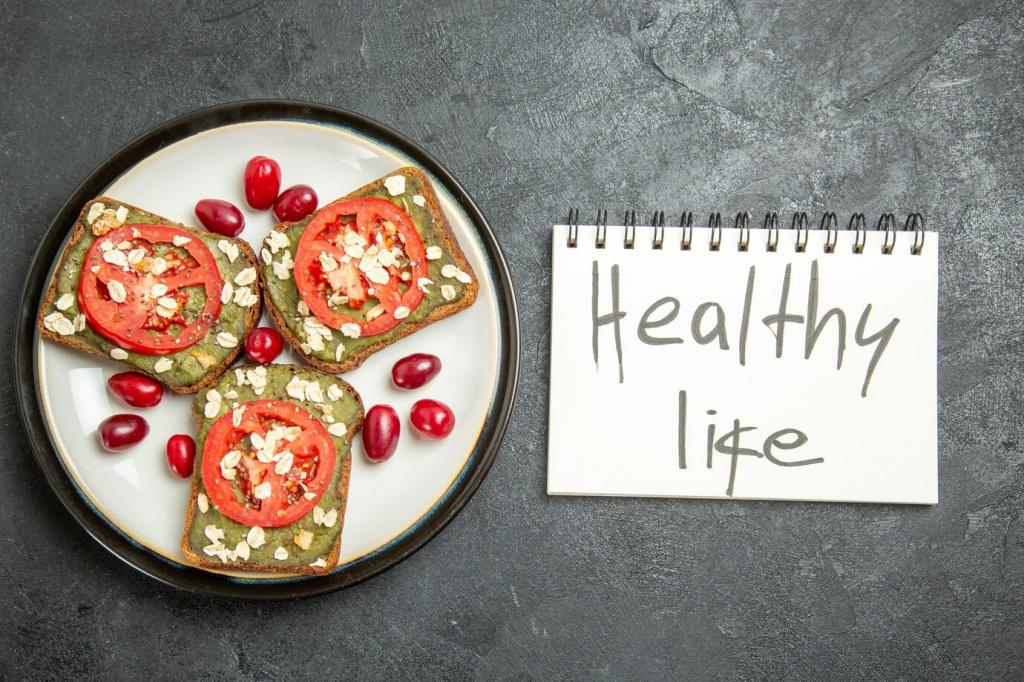Fueling the Distance: Carbohydrate Gels and Chews
Most long-distance runners thrive on 60–90 grams of carbs per hour, especially using glucose–fructose blends. Start fueling within the first 20–30 minutes, then dose consistently before energy dips arrive.
Fueling the Distance: Carbohydrate Gels and Chews
Train your gut like you train your legs. Rehearse flavors, textures, and intake frequency to learn tolerance. Small sips of water with each gel often reduce nausea and prevent sticky mouth.








